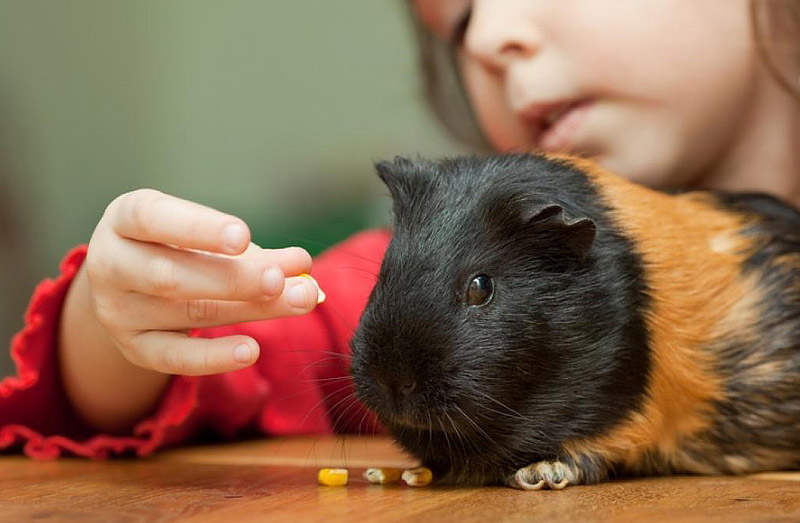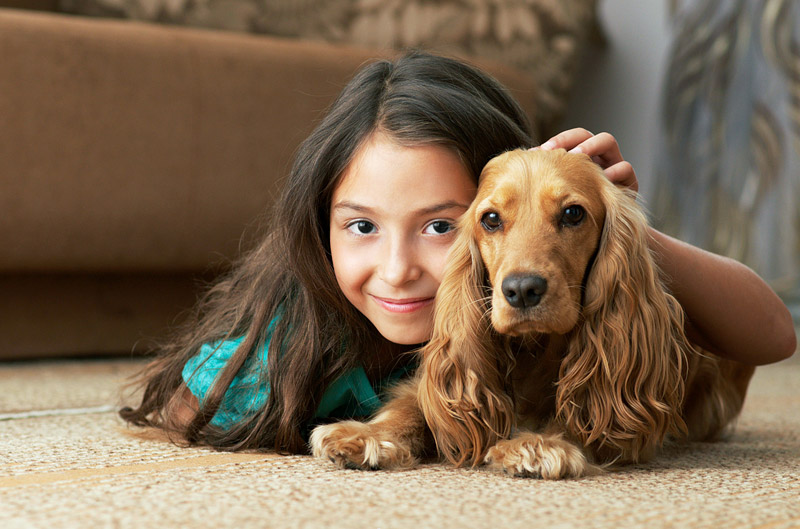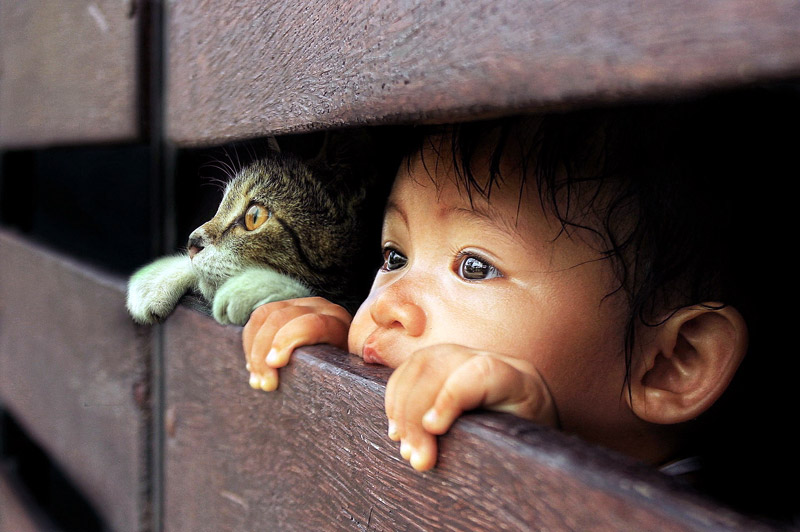
From the classroom guinea pig or goldfish, to your own beloved pet cat or dog, pets make great teachers, helping to benefit our children of all ages and backgrounds. Keeping pets offers great benefits for your child’s learning and development, helping them to learn valuable life skills.
Why pets are good for children?
Pre-school and kindergarten classrooms lucky enough to share a pet, whatever the animal, can enjoy the process of caring for it; with so many opportunities to start learning subjects like science (how and when it moves, what it eats, where it sleeps), maths (how many are there?), even literacy (combining natural fascination with reading and writing), and social/ethical skills like empathy, all learned through the many different ways of interacting with the class pet.
When deciding on your child’s pet remember you don’t have to choose a dog or cat for them to experience animal care skills. Consider something simple like a goldfish or a mouse. Size really doesn’t matter here – it is the process of caring that does.

If you enjoyed pets as kids you probably remember receiving heaps of unconditional love and companionship. Looking back we clearly gained far more from our pets than we realise even now.
Children growing up with pets usually show higher self-esteem, improved social skills and attention spans, better non-verbal communication skills, and even improved school attendance. They’re also more likely to be more emotionally stable, and less likely to become criminals.
Pets also help teach children compassion, loyalty, and respect for other creatures, allowing them to develop trusting relationships. With pets as friends, children always have someone to tell their secrets to.
Keeping safe around animals

Children must learn that animals all have different personalities, characteristics, and traits, that all demand recognition and respect; as well as recognizing signs of pain and distress in animals, with acceptable ways of handling them – including picking up and holding (if pet is small enough), stroking, as well as respecting the animal’s need to chill out, and allowing animals to go free when they want without pulling on, kicking, restraining, or chasing them. It won’t take long for a naughty child to witness an animal indicating its displeasure.
So as a matter of extreme safety children must avoid stroking or approaching dogs they don’t know, taking food or bones away, and recognizing basic animal body language signs.
Children learn basic friendship skills with animals, as well as value and fun in exercise, and that they need attending to every day, and not just when the child feels like it. With very young children time spent with any pet should always be supervised.
Learning about life, death and responsibility

Animal death is one of life’s important lessons to accept, and it’s a lesson children learn when their or a friend’s pet passes away. If your pet requires extra care because it’s old or ill, then children can learn even more empathy and care.
Children with pets can learn to handle a lot of responsibility for their pets. However, adults still need to make sure that the pets are receiving all the care they need and are looking after them if their children don’t or perhaps won’t.




Leave a Reply